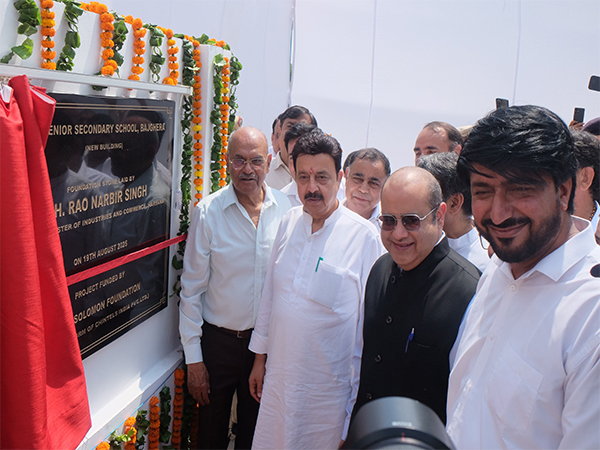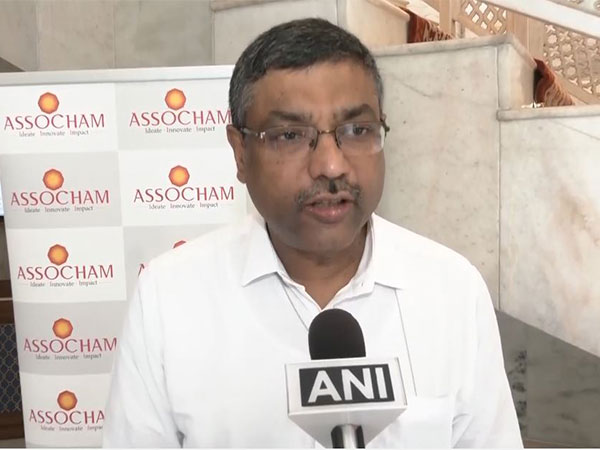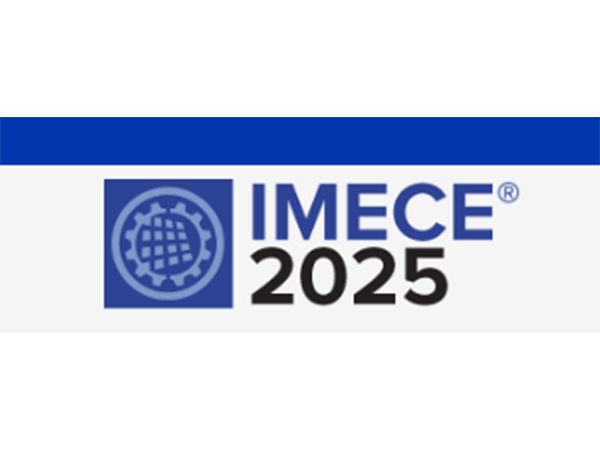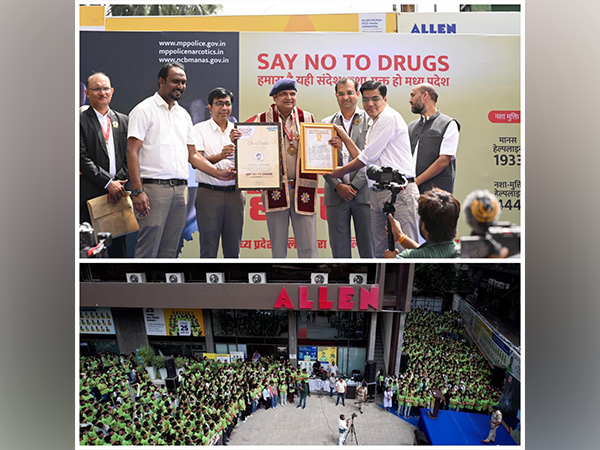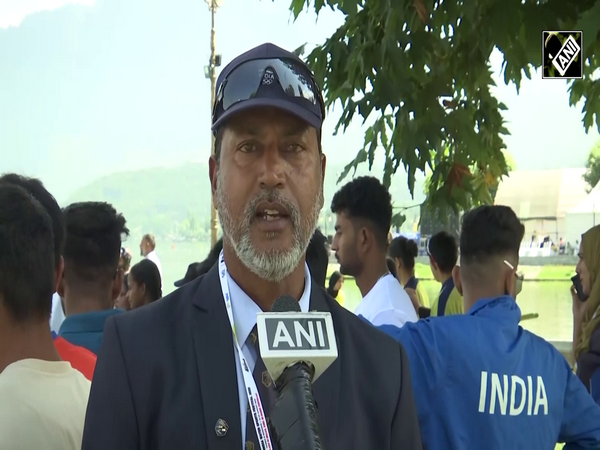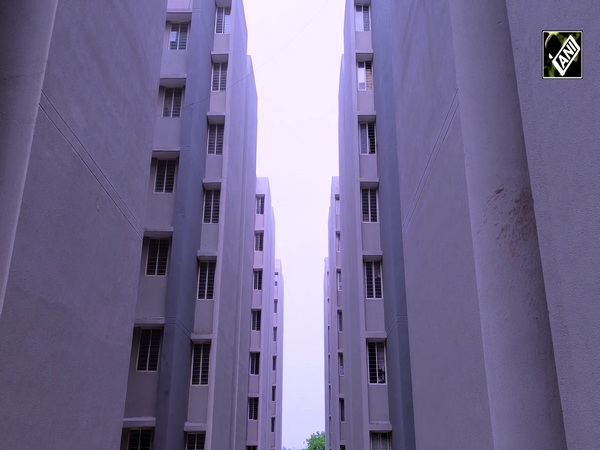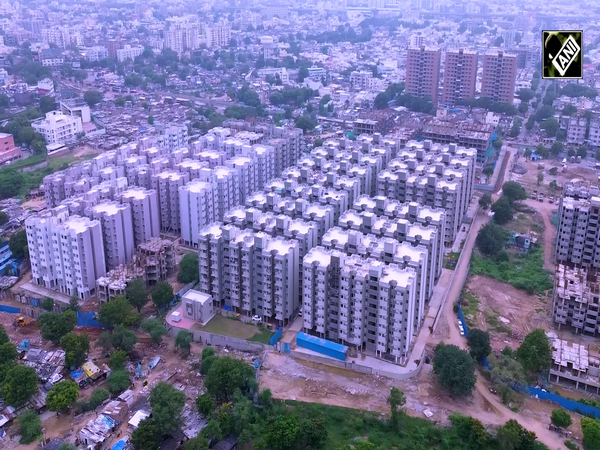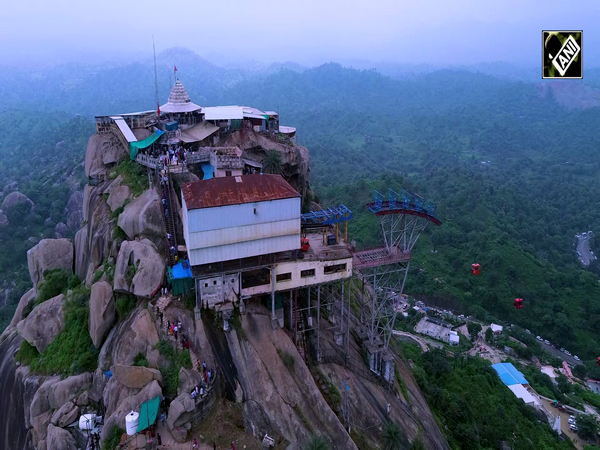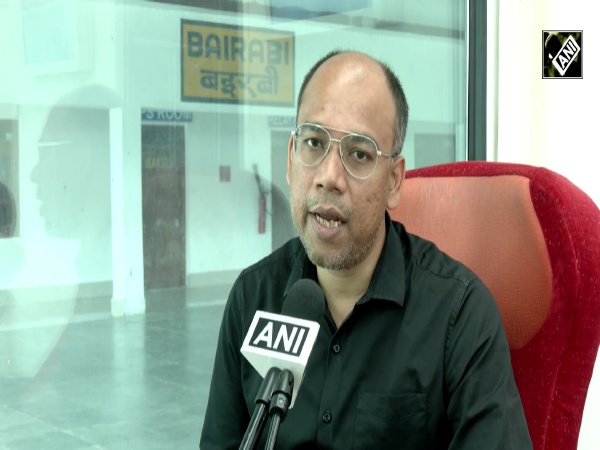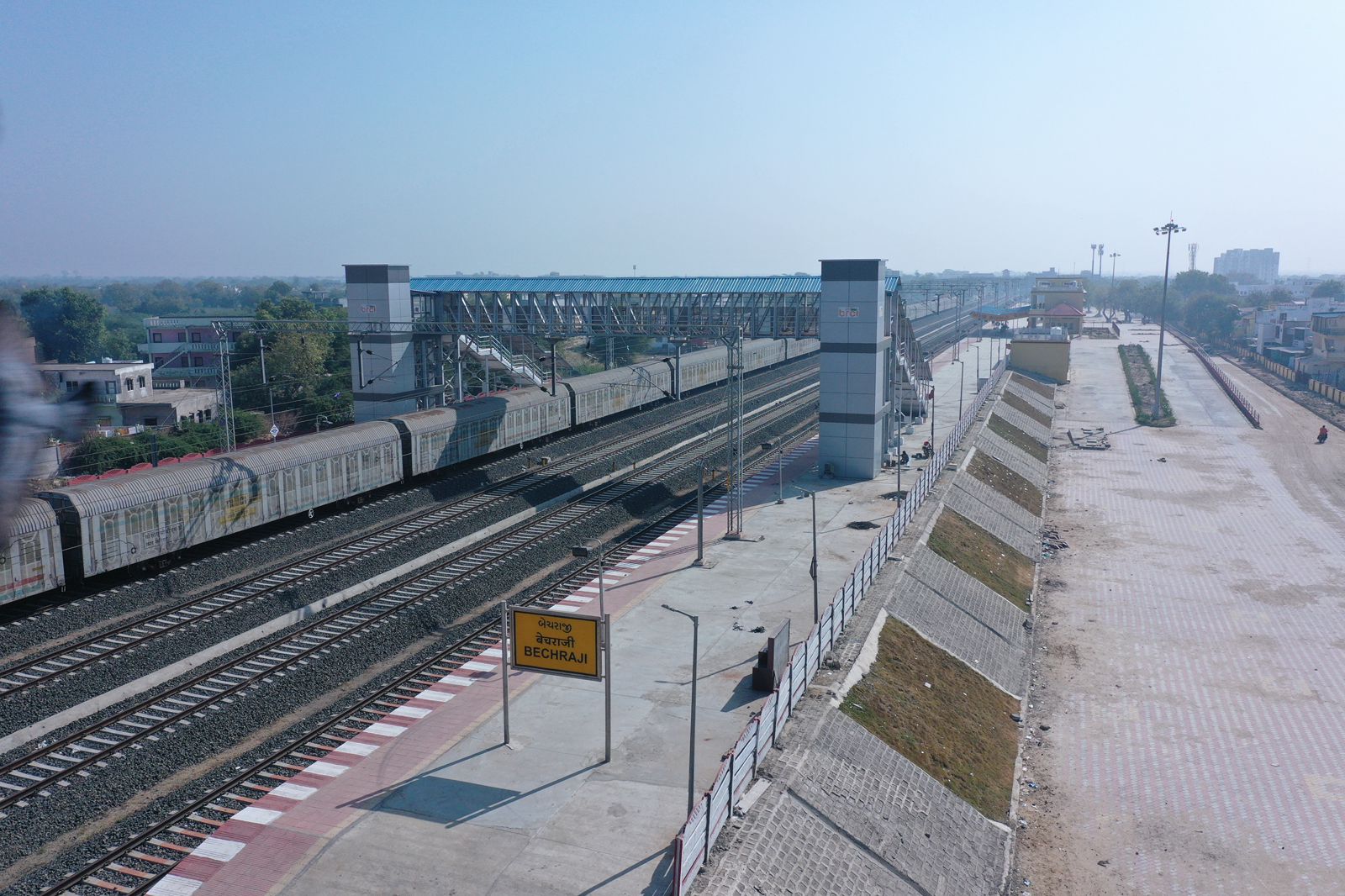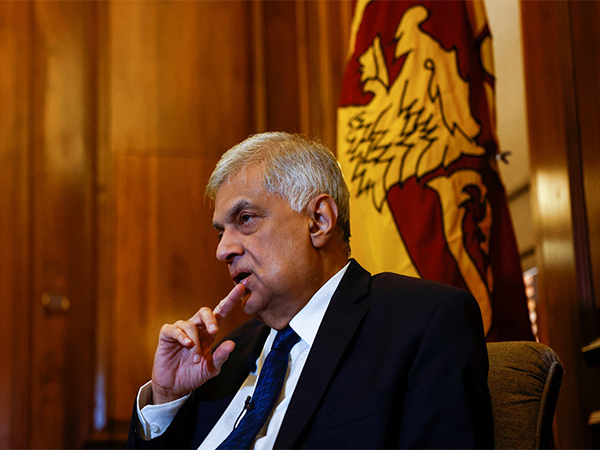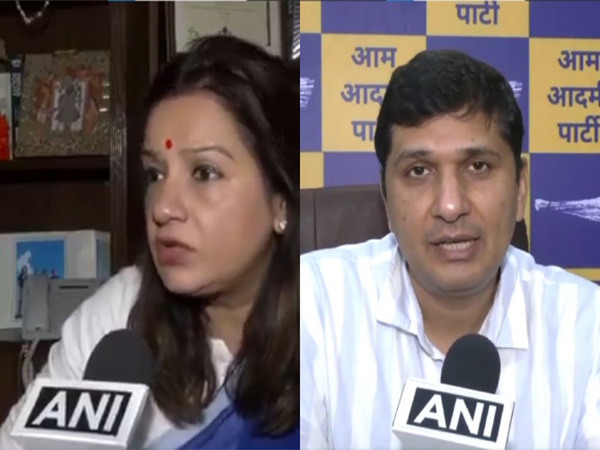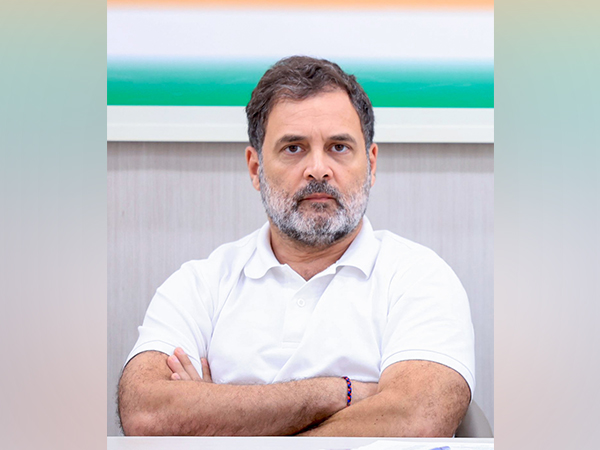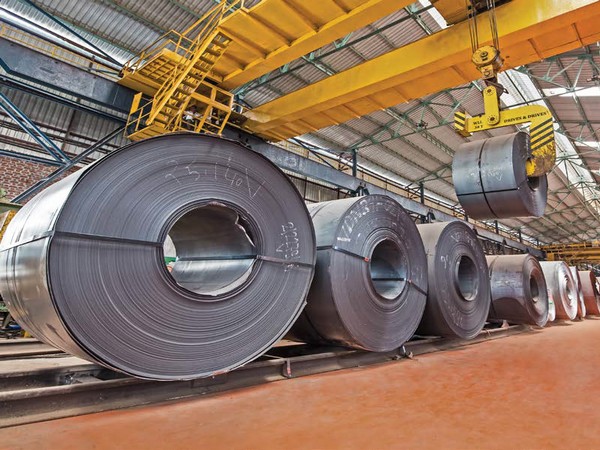
Green steel push needs govt backing on demand, funding, say industry leaders
Aug 22, 2025
New Delhi [India], August 22 : With India's steel sector responsible for nearly 350 million tonnes of CO₂ emissions annually, industry leaders on Friday said the transition to low-carbon steel hinges on government creating demand through procurement mandates, besides providing financial support and policy certainty.
Speaking at the PHDCCI Global Summit on Sustainability 2025, themed "Sustainability for the Hard to Abate: Action Plan for Oil & Gas, Steel and Cement", panelists warned that without assured demand, investments in green steel will not take off.
Alok Sahay, Secretary General and Executive Head of the Indian Steel Association, said India's carbon intensity in steelmaking is 2.5 tonnes of CO₂ per tonne of crude steel, compared to the global average of 1.9.
The gap, he argued, stems from India's growth trajectory and reliance on coal-heavy routes due to limited scrap availability. Hydrogen-based steelmaking, he said, is not yet cost-effective in India, while the absence of affordable gas and a high-emission grid add to the challenge.
"Who will buy the steel when we invest so much money," Sahay asked, pointing out that one Indian green steel producer could sell only two container loads to Europe.
He argued that government must step in to generate demand by mandating purchase of low-emission steel, funding the cost gap, and jointly running decarbonisation projects with industry.
Naveen Ahlawat, Head of Power-to-X, Green Hydrogen, Green Steel and CCUS at Jindal Steel and Power Ltd (JSPL), said the sector must cut its carbon intensity by 60-70 per cent to align with climate goals.
Calling the current phase "a transition, not transformation", he warned that customers also expect lower Scope 3 emissions.
"They will only be able to reduce their scope three emission because of us. We have to start doing the transition and then only enabling them," he said.
Ahlawat pointed to three immediate levers, operational excellence in new plants, valorisation of coke oven gas to extract hydrogen, and greater penetration of renewable power into steel operations.
With solar and wind costs now falling below thermal, he argued that shifting to fossil-free electricity alone could cut carbon intensity by up to 400 kg per tonne.





